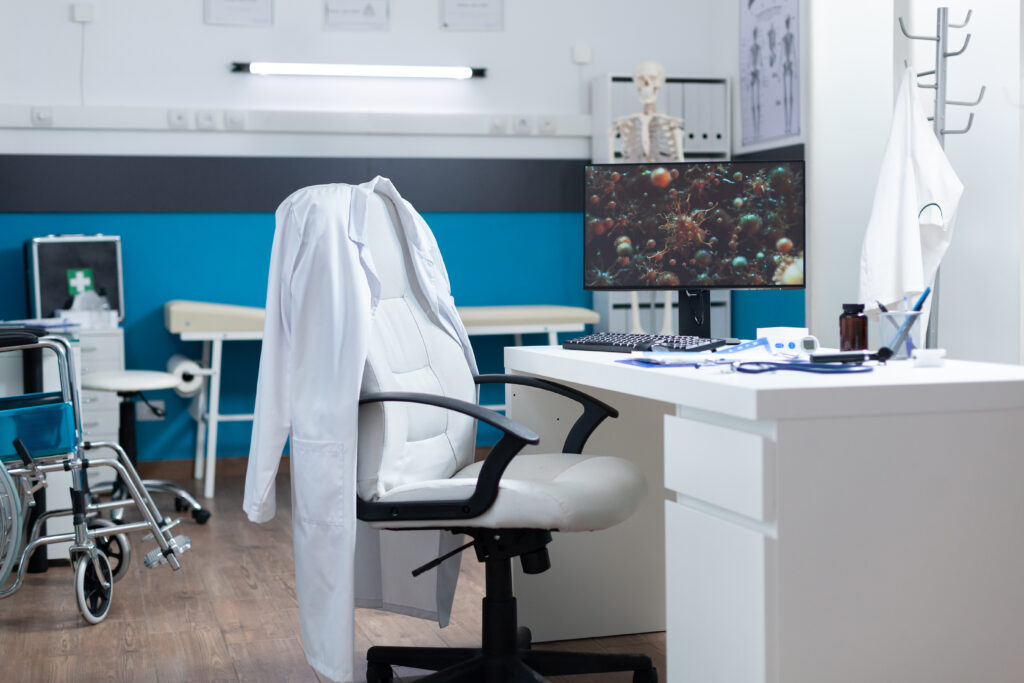Business Planning & Strategy, Financial Models
GP Clinic Business: Costs, Revenue Potential & Profitability
General practice clinics sit at the front line of healthcare, offering high-frequency, relationship-based medical services across a broad patient base. While demand is structurally resilient—anchored in insurance coverage, chronic disease management, and preventive care—profitability is often challenged by low reimbursement rates, provider bottlenecks, and underutilized ancillary services. Sustainable margins require throughput optimization, service diversification, and disciplined cost-to-care ratio management.
Asset Configuration
CapEx is moderate and must balance clinical functionality with patient throughput. A standard GP clinic includes 3–6 exam rooms, a reception area, physician offices, and optional minor procedure capability. Total area: 1,500–3,000 sq. ft.
| Asset Category | Cost Range (USD) | Notes |
|---|---|---|
| Exam Rooms (3–6 units) | $60,000 – $120,000 | Exam tables, sinks, EMR terminals, vitals stations |
| Minor Procedure Setup | $20,000 – $40,000 | For suturing, I&D, biopsies, injections |
| Reception & Admin Area | $15,000 – $25,000 | POS, seating, HIPAA-compliant intake |
| Diagnostic Equipment | $10,000 – $25,000 | ECG, spirometry, urinalysis, point-of-care testing |
| EMR, Billing, Scheduling | $10,000 – $15,000 | Integrated suite with claims + patient portal |
Total CapEx: $115,000 – $225,000, excluding real estate. Partnering with lab/imaging providers or sharing space with specialists can optimize CapEx-to-revenue efficiency.
Revenue Model
Revenue is insurance-based and driven by evaluation & management (E/M) visits, chronic disease management, preventive screenings, and minor procedures. Reimbursement per visit ranges from $90–$160, depending on complexity and payer. Ancillary revenue comes from vaccinations, diagnostics, and care coordination programs.
Medicare chronic care management (CCM), behavioral health integration (BHI), and annual wellness visits (AWVs) offer high-margin, recurring revenue with minimal time requirement. Additional income is generated from occupational medicine, employer screenings, or concierge models.
Annual Revenue Potential for a 2-Physician, 5-Exam Room Clinic
| Revenue Stream | Volume Assumption | Annual Revenue (USD) |
|---|---|---|
| E/M Visits | 10,000/year @ $120 avg. | $1,200,000 |
| Minor Procedures (I&D, biopsies) | 800/year @ $150 avg. | $120,000 |
| Vaccinations & Preventive | 1,200/year @ $80 avg. | $96,000 |
| CCM, AWV, BHI Programs | 300 patients @ $70/month | $252,000 |
| In-House Diagnostics | 1,000/year @ $100 avg. | $100,000 |
| Occupational Health & Physicals | 300/year @ $200 avg. | $60,000 |
| Total | $1,828,000 |
Well-run clinics with 2–3 providers, efficient coding, and CCM utilization can exceed $2M/year. Clinics relying solely on low-complexity E/M visits without capturing wraparound services often stall at $700K–$1M.
Operating Costs
Labor is the dominant expense with physicians, nurse practitioners, medical assistants, billing, and front desk. Supplies and insurance claims infrastructure follow. Effective delegation (NPs, MAs) and automation reduce physician labor burden.
| Cost Category | Annual Cost (USD) |
|---|---|
| Provider Compensation | $640,000 – $730,000 |
| Admin & Support Staff | $180,000 – $220,000 |
| Medical Supplies & Vaccines | $145,000 – $180,000 |
| Billing & Claims Mgmt | $90,000 – $110,000 |
| Rent & Facility Operations | $140,000 – $180,000 |
| Software & IT Systems | $35,000 – $50,000 |
| Marketing & Outreach | $30,000 – $50,000 |
| Total | $1,260,000 – $1,520,000 |
Clinics that optimize delegation and preventive program enrollment can achieve 25–30% EBITDA margins. Overreliance on physician-only throughput or manual billing processes compresses profitability below 15%.
Profitability Strategies
Core KPIs include visits per provider per day (VPPD) and revenue per patient per year (RPPY). Benchmarks are VPPD > 20 and RPPY > $300. Panel management, schedule density, and billing accuracy are critical levers.
Programmatic monetization—CCM, AWV, RPM—adds recurring revenue without increasing visit volume. Closing care gaps through EMR triggers (e.g., overdue colonoscopy, diabetes lab panel) increases reimbursement while improving outcomes.
Previsit planning and scribe-assisted workflows allow providers to maintain high throughput while preserving clinical quality. Same-day access (walk-ins, telehealth) improves slot fill rate and patient loyalty.
Cost control requires task delegation: MAs and NPs should handle vitals, screenings, vaccinations, and refills. Automating billing, reminders, and quality reporting reduces admin FTE load and claims leakage.
So what?
A GP clinic is not a volume treadmill but rather a continuity-based, multi-service care platform. Profitability hinges on visit density, wraparound revenue, and clinical labor leverage. Operators who integrate preventive programs, close care gaps, and manage panel throughput can achieve 25–30% EBITDA margins with <$225K CapEx. This is a healthcare delivery engine where structure, not speed, determines financial outcomes.

Are you considering opening your GP Clinic business? Download the comprehensive GP Clinic Business Financial Model Template from SHEETS.MARKET to simplify your financial planning. This tool will help you forecast costs, revenue, and potential profits, making securing funding and planning for success for your GP Clinic business easier.



